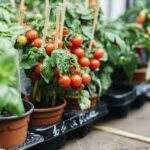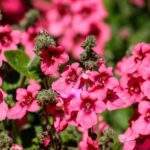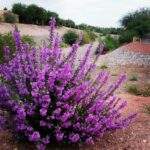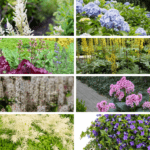Kicking off with 7 Essential Landscaping Tools Every Gardener Needs, this guide is your go-to for the tools you need to elevate your gardening game. From shovels to watering tools, we’ve got you covered with essential insights that will transform your outdoor space.
Exploring the role of each tool and how they contribute to efficient gardening practices, this comprehensive overview will help you navigate the world of landscaping with confidence.
Introduction to Landscaping Tools
Landscaping tools are essential equipment used by gardeners to maintain and enhance outdoor spaces. These tools are specifically designed to help with tasks such as planting, pruning, weeding, and shaping the landscape.
Using the right tools for gardening is crucial as it can significantly impact the efficiency and effectiveness of your work. The proper tools can make tasks easier, faster, and more precise, resulting in a well-maintained and visually appealing garden.
The Importance of Essential Tools
Having essential landscaping tools in your arsenal can make gardening more efficient and enjoyable. These tools are specifically chosen to cater to a wide range of tasks, allowing you to tackle various landscaping projects with ease.
Shovels and Spades
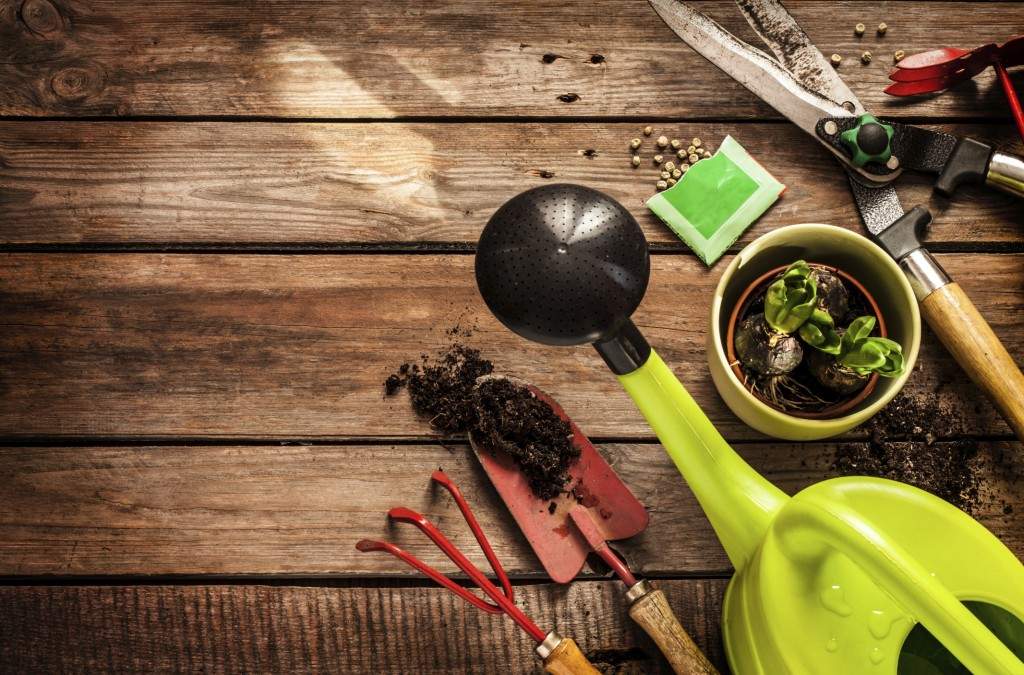
Shovels and spades are essential tools in landscaping, but many people confuse the two. Shovels typically have a curved blade and are used for digging, lifting, and moving loose materials like soil, gravel, or snow. On the other hand, spades have a flat, squared-off blade and are ideal for cutting through sod, edging, or digging in harder soils.
Difference between Shovels and Spades
When choosing between a shovel and a spade, consider the task at hand. If you need to dig holes, move materials, or scoop debris, a shovel is the tool for the job. However, if you are edging a garden bed, slicing through roots, or turning over soil, a spade will offer more precision and control.
Various Uses of Shovels and Spades in Landscaping
- Shovels are great for tasks like digging trenches, planting trees or shrubs, and spreading mulch or compost.
- Spades are perfect for cutting through roots, edging flower beds, or turning over soil in vegetable gardens.
Tips on Choosing the Right Shovel or Spade for Different Tasks
- Consider the blade shape: A curved blade is ideal for shoveling loose materials, while a flat blade is better for cutting through sod or soil.
- Look at the handle length: Longer handles provide more leverage for digging, while shorter handles offer better control for precise tasks.
- Check the material: Opt for a sturdy steel blade for durability and a comfortable, ergonomic handle for extended use.
Pruners and Trimmers: 7 Essential Landscaping Tools Every Gardener Needs
Pruners and trimmers are essential tools for maintaining the health and appearance of your plants and shrubs in the garden. These tools help you to trim overgrown branches, shape bushes, and promote new growth.
Types of Pruners and Trimmers
- Hand Pruners: These are suitable for cutting stems and branches up to 1 inch thick. They come in bypass and anvil styles.
- Loppers: Ideal for cutting thicker branches with more leverage and reach.
- Hedge Trimmers: Used for shaping hedges and bushes to maintain a neat appearance.
- Pruning Saws: Designed to cut through thicker branches that hand pruners cannot handle.
Importance of Pruning and Trimming
Pruning and trimming help plants stay healthy by removing dead or diseased branches, promoting air circulation, and encouraging new growth. Regular maintenance also improves the overall appearance of your garden.
Maintaining and Sharpening Pruners and Trimmers, 7 Essential Landscaping Tools Every Gardener Needs
- After each use, clean the blades with warm soapy water and dry them thoroughly to prevent rust.
- Regularly oil the moving parts to keep them lubricated and functioning smoothly.
- Sharpen the blades with a sharpening stone or file to ensure clean cuts without damaging the plants.
Rakes and Hoes
When it comes to landscaping tools, rakes and hoes play a crucial role in maintaining a healthy garden. These tools are essential for soil cultivation, weeding, and overall garden maintenance.
Types of Rakes and Hoes
- Rakes: There are various types of rakes available, including leaf rakes, bow rakes, and garden rakes. Leaf rakes are ideal for gathering leaves and debris, while bow rakes are great for leveling soil and spreading mulch. Garden rakes, on the other hand, are versatile tools that can be used for a variety of tasks.
- Hoes: Hoes also come in different types such as the standard garden hoe, scuffle hoe, and loop hoe. The garden hoe is perfect for breaking up soil and weeding, while the scuffle hoe is great for shallow cultivation. The loop hoe, with its sharp blade, is excellent for cutting weeds at the root level.
When to Use Rakes Versus Hoes
- Rakes are ideal for tasks like gathering leaves, spreading mulch, and leveling soil. They are best suited for tasks that require moving loose materials or debris.
- Hoes, on the other hand, are perfect for weeding, breaking up soil, and cultivating the garden. They are more precise tools that allow you to target weeds and work the soil effectively.
Benefits of Using Rakes and Hoes
- Both rakes and hoes help in maintaining the health of the soil by aerating it, removing weeds, and breaking up compacted soil.
- These tools also save time and effort by making tasks like weeding and soil cultivation more efficient and manageable.
- Using rakes and hoes regularly can improve the overall appearance of your garden and promote better plant growth.
Garden Forks and Trowels
Garden forks and trowels are essential tools for gardeners, aiding in various tasks such as planting, weeding, and soil preparation. These tools come in different sizes and designs to cater to specific gardening needs.
Functions of Garden Forks and Trowels
Garden forks are typically used for turning and loosening soil, breaking up clumps, and lifting plants and bulbs. They are also helpful in mixing compost or fertilizer into the soil. On the other hand, trowels are ideal for digging small holes for planting, transplanting seedlings, and removing weeds. Their sharp edges make them efficient for cutting through roots and compacted soil.
Selecting the Right Garden Fork or Trowel
When choosing a garden fork, consider the size and weight of the tool. A lighter fork may be more comfortable for prolonged use, while a heavier one may be more durable for tough soil. Tines should be sturdy and well-spaced for effective soil aeration. For trowels, opt for a stainless steel blade for durability and a comfortable handle for a firm grip.
Planting and Soil Aeration with Garden Forks and Trowels
Garden forks are excellent for aerating soil by breaking up compacted areas and allowing better water and nutrient penetration. Trowels, on the other hand, facilitate precise planting and transplanting without disturbing surrounding plants. Together, these tools help maintain healthy soil structure, promote root growth, and enhance overall plant health.
Wheelbarrows and Carts
Wheelbarrows and carts are essential tools in landscaping for transporting materials such as soil, mulch, plants, and tools around the garden. They provide a convenient way to move heavy or bulky items without straining your back or arms.
Utility of Wheelbarrows and Carts
Wheelbarrows and carts are versatile tools that can be used to transport a wide range of materials in the garden. They are especially useful for moving heavy loads of soil, rocks, or plants from one area to another. They help save time and energy by reducing the number of trips needed to carry items manually.
Benefits of Using Wheelbarrows and Carts
- Efficient way to transport heavy or bulky materials
- Reduce strain on your back and arms
- Save time by moving more materials at once
- Easy to maneuver in tight spaces or uneven terrain
Choosing the Right Wheelbarrow or Cart
When selecting a wheelbarrow or cart for your garden, consider the size of your garden and the terrain you will be working on. For larger gardens or rough terrain, opt for a sturdy wheelbarrow with a large capacity. If you have a smaller garden or need to navigate tight spaces, a smaller cart may be more suitable.
Watering Tools

Proper watering is essential for maintaining a healthy garden. Without adequate hydration, plants can wither and die, making watering tools like hoses and sprinklers crucial for every gardener.
Hoses and Sprinklers
- Soaker Hoses: These hoses deliver water directly to the base of plants, minimizing evaporation and ensuring deep root watering.
- Expandable Hoses: These lightweight hoses expand when filled with water and shrink when empty, making them easy to store and maneuver around the garden.
- Oscillating Sprinklers: These sprinklers move back and forth, covering a large area with a gentle spray, ideal for watering lawns and flower beds.
- Drip Irrigation Systems: These systems provide a slow, steady drip of water directly to plant roots, conserving water and reducing runoff.
Proper watering schedules and techniques are key to plant health. Water early in the morning to minimize evaporation, and water deeply but infrequently to encourage strong root growth. Adjust watering frequency based on weather conditions and plant needs to ensure optimal growth and blooming.
Final Review
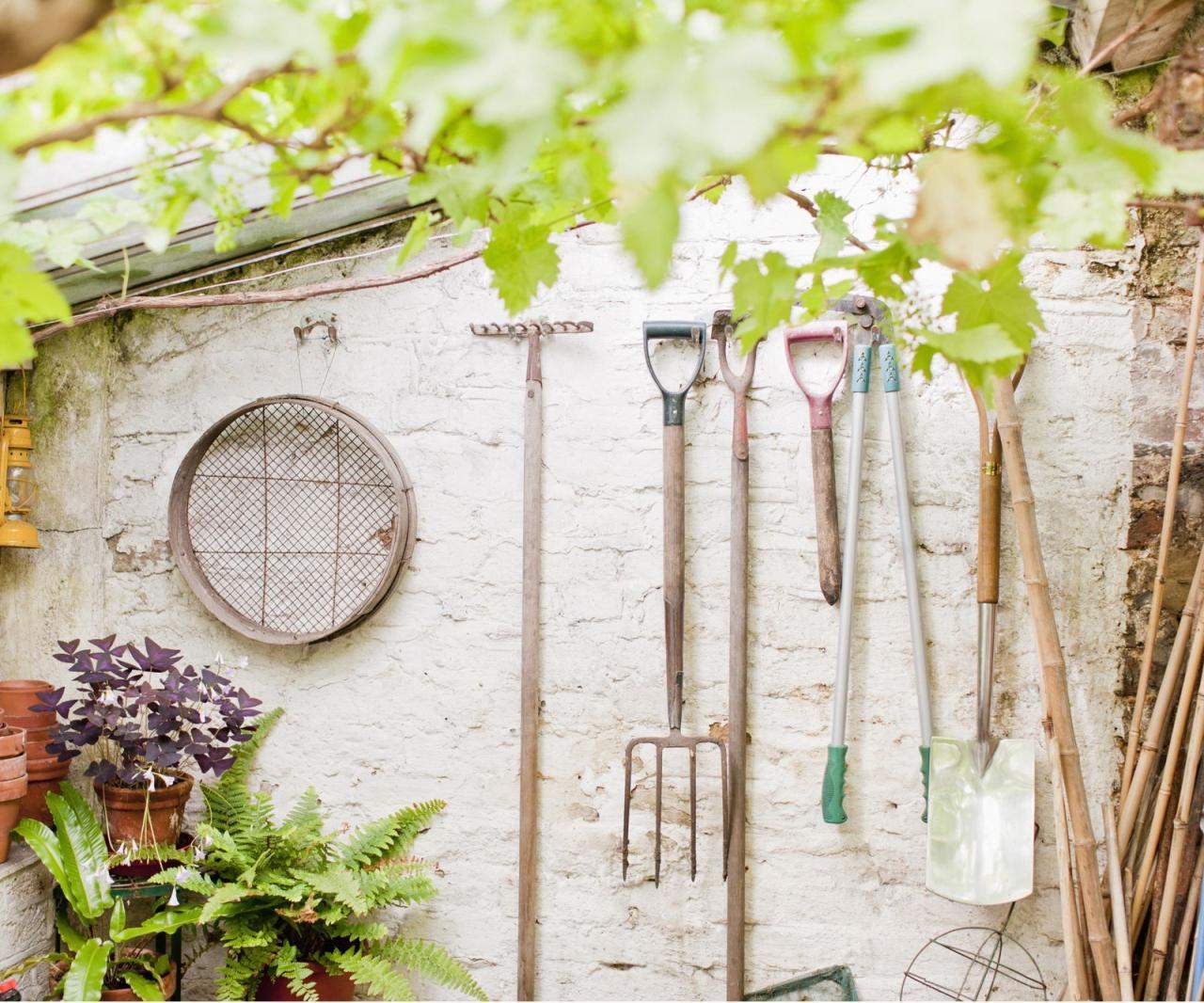
In conclusion, armed with these 7 essential tools, you’re ready to tackle any landscaping project with ease. Whether you’re a seasoned gardener or just starting out, investing in these tools will set you up for success and a thriving garden.
